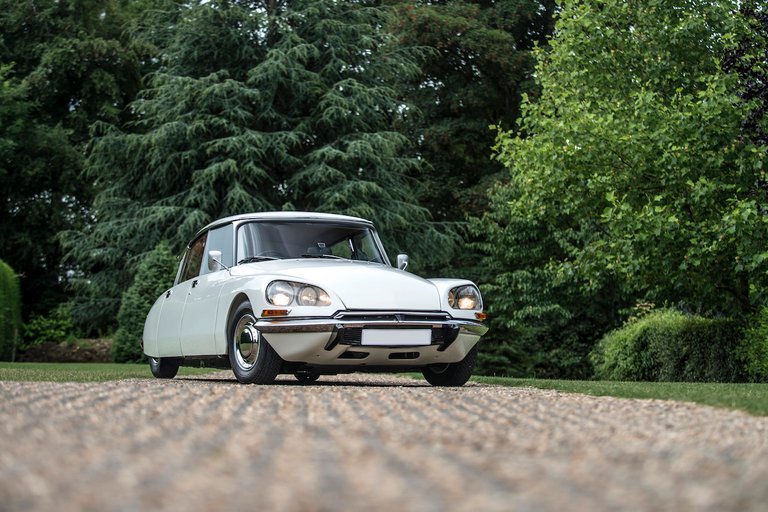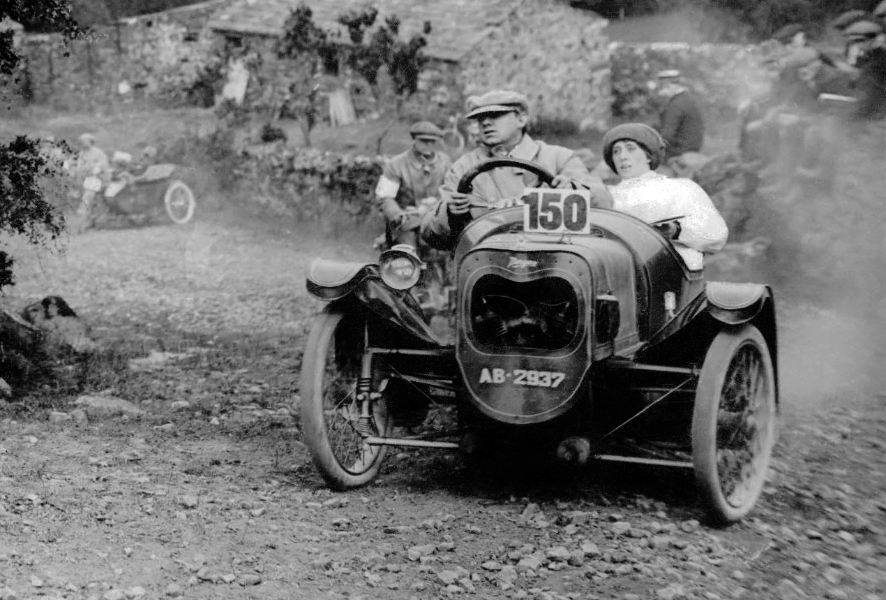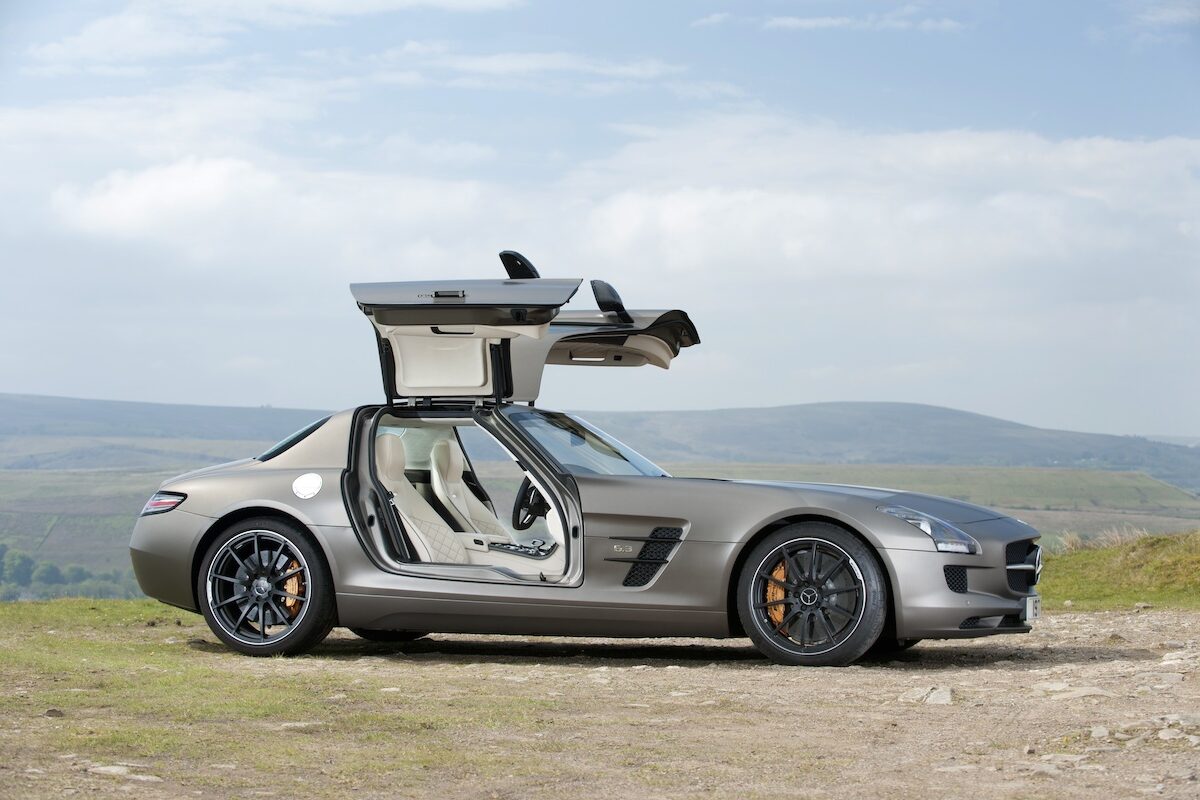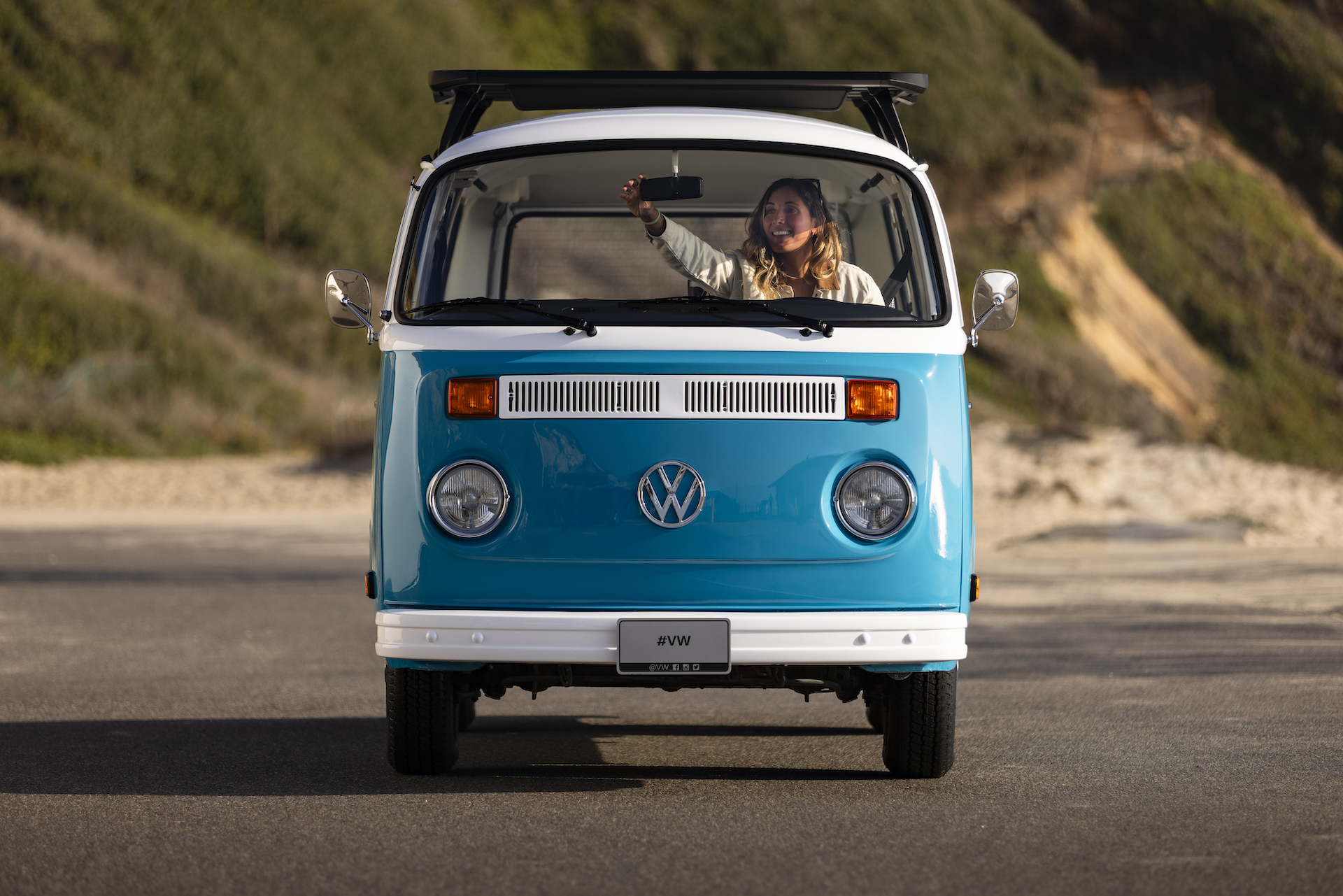The DS not only looked nothing like the 1930s-style Light 15 it first replaced in 1955, but unlike anything else on the road throughout its 20-year production run either (Image: Silverstone Auctions)
The original DS19 Citroen appeared in 1955 to a world stunned by its defiance of automotive convention. This car looked nothing like the 1930s-style Light 15 it replaced, or any other production car of its time for that matter.
The DS was low – seeming to almost scrape the ground with its height adjustable hydro-pneumatic suspension at its lowest setting – wide and roomy with exceptional aerodynamics.
The 1.9-litre engine was small for a car of the Citroen’s size but with just 47kW it was still able to reach 140km/h. By 1968 with a 2175cc motor and four-speed gearbox, the DS21 which very nearly won that year’s London-Sydney Marathon would make 170km/h.
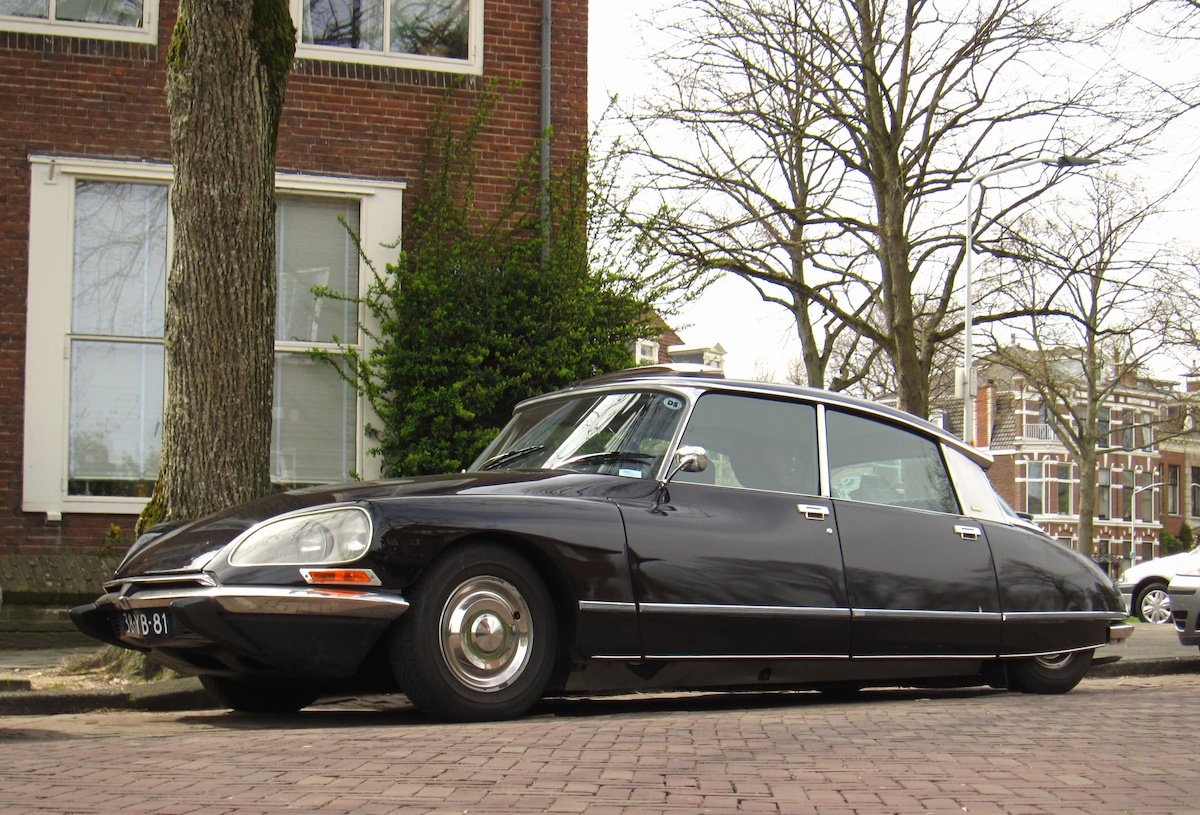
The DS23 Pallas arrived in 1973, notably adding swivelling headlights and a carburettor or fuel-injected 2.3-litre engine (Image: Rutger van der Maar/Flickr, CC BY 2.0)
1973 brought the DS23 Pallas, with its swivelling headlights and carburettor or fuel-injected 2.3-litre engine. Injected cars began life with 97kW of power and initial Australian deliveries had a four-speed manual transmission, with a three-speed becoming optional a year later.
Citroen seats were among the best in the automotive world and infinitely adjustable. Citroen’s traditional four-on-the-column manual gearshift took some practice to master, as did the brake ‘button’ which required a gentler approach than did the brake pedal in conventional cars, but once familiar were easy and light to use.
The Pallas interior could be trimmed in velour or leather, with air-conditioning and power windows optional. However, it was the suspension that held most fascination for new owners.
From almost flat on the ground, hydro-pneumatic pressure would increase clearance to a dizzying 145mm and keep it there even at maximum speed. The Australian crewed DS23 that won the arduous 1974 World Cup Rally was able to maintain speeds above 160km/h during desert legs of the event and win by more than 28 hours.

The cabin of the DS presents itself as a roomy and serene space when wafting along on the move (Image: Car & Classic)
Citroens used under less challenging conditions present as roomy and serene, wafting along with virtually no sound save the odd pneumatic moan.
The DS23 had disc brakes at the front only but did stop very well, with the suspension helping control weight transfer and minimise rear brake locking. The 64-litre fuel tank ensured a highway range of around 500km.
For those needing truly massive load-space, a Safari station wagon was available until 1975 at the same price as a Pallas sedan. These came with a luggage platform more than two metres long; plenty of space for a couple to sleep with half a metre behind the front seat for luggage.
Prices for the Pallas and Safari spiked during Covid-19 but have stabilised and most sell at less than $60,000. DS Citroens in outstanding condition are rarely offered on the open market and values will continue to increase while the cost of these idiosyncratic French cars needing significant work will decline.
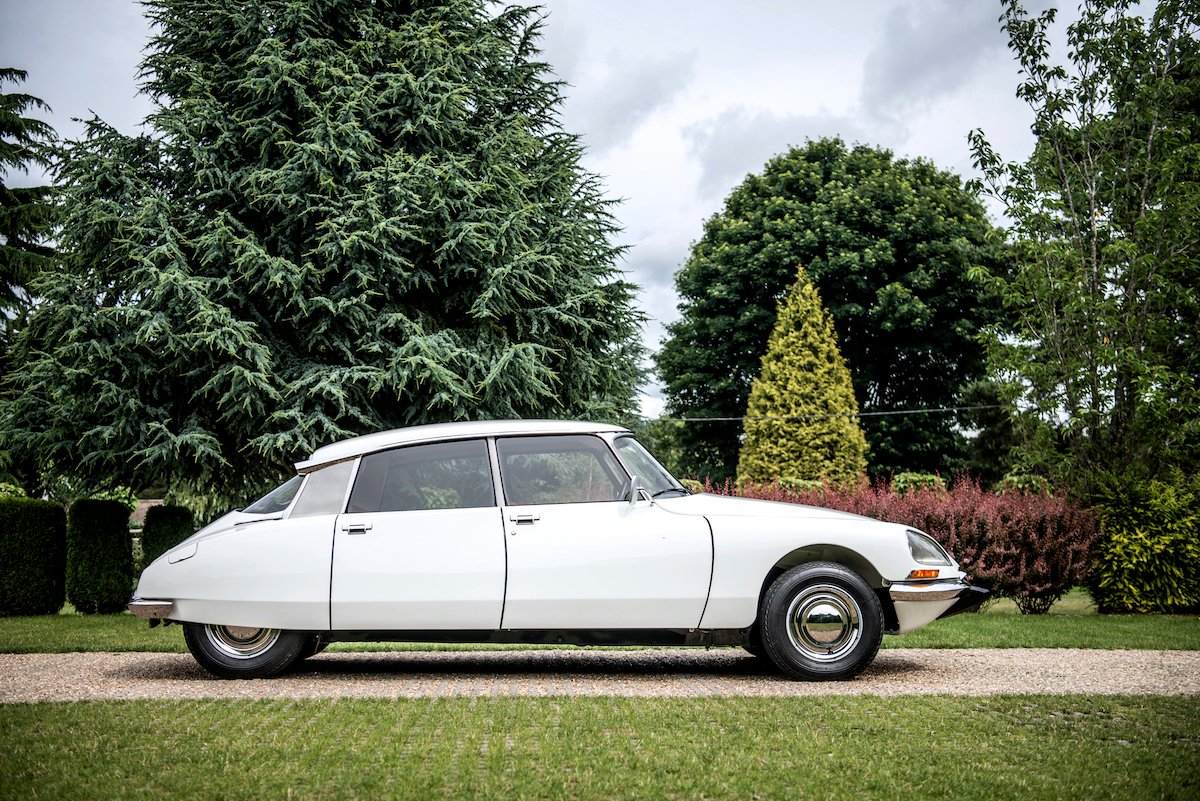
The DS sat low to the ground, with its height adjustable suspension and wide, aerodynamic body giving it a distinctive presence (Image: Silverstone Auctions)
Things To Watch Out for When Buying a Used Citroen DS21-23 (1967-76)
-
Rust in the windscreen frame, pillars, firewall, sills and doors.
-
Complex hydro-pneumatic system must be checked and maintained by a specialist.
-
Worn engines are expensive to recondition.
-
Cars that are hard to start may need the fuel-injection system replaced.
-
Incorrect size tyres or mismatched tread patterns can adversely affect the cars’ handling.
-
Worn leather trim, dash cracks and stained headlining detract from value.
Valuation Timeline: Citroen DS21-23 (1967-76)
-
1985$4,900
-
1995$14,500+195.92%
-
2005$21,500+48.28%
-
2010$22,500+4.65%
-
2014$29,500+31.11%
-
2019$42,500+44.07%
-
2024$62,000+45.88%DS23 Pallas

